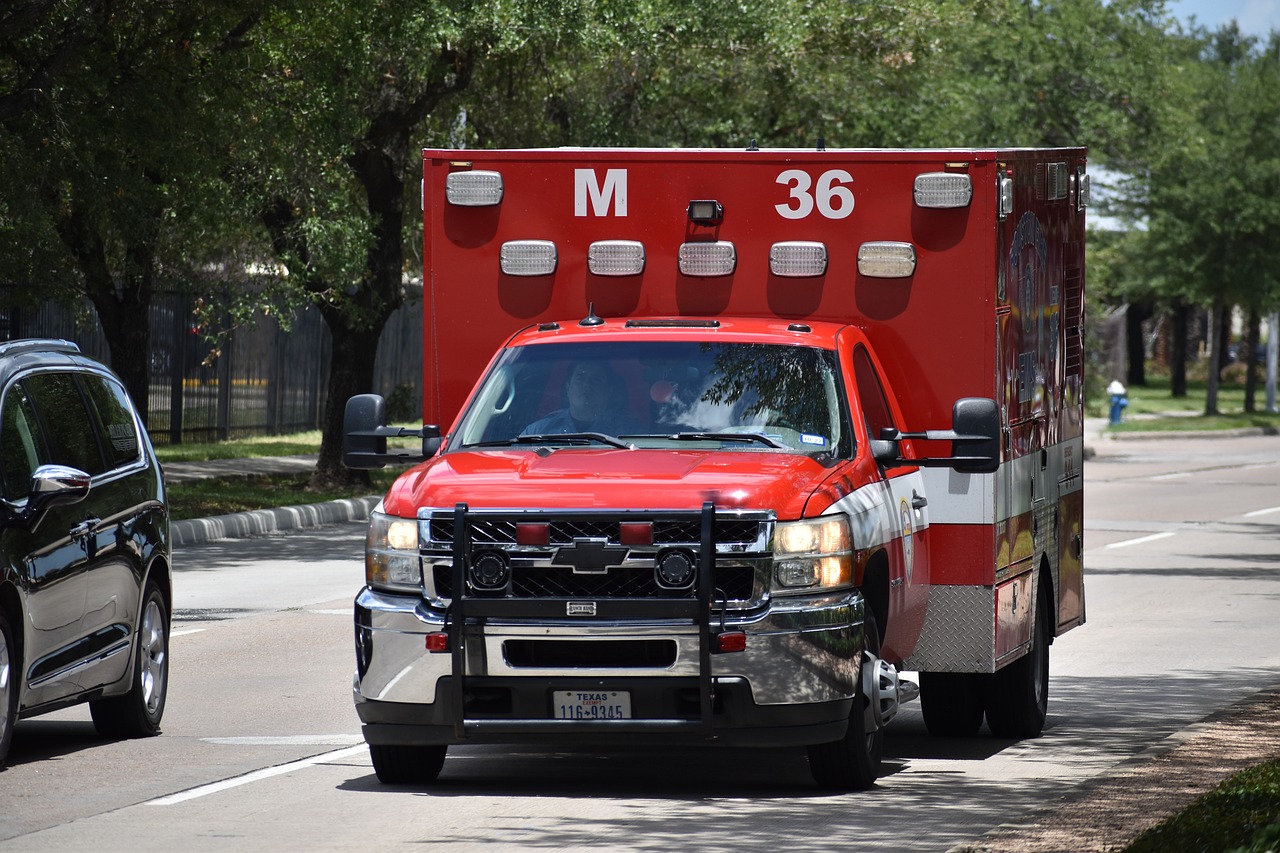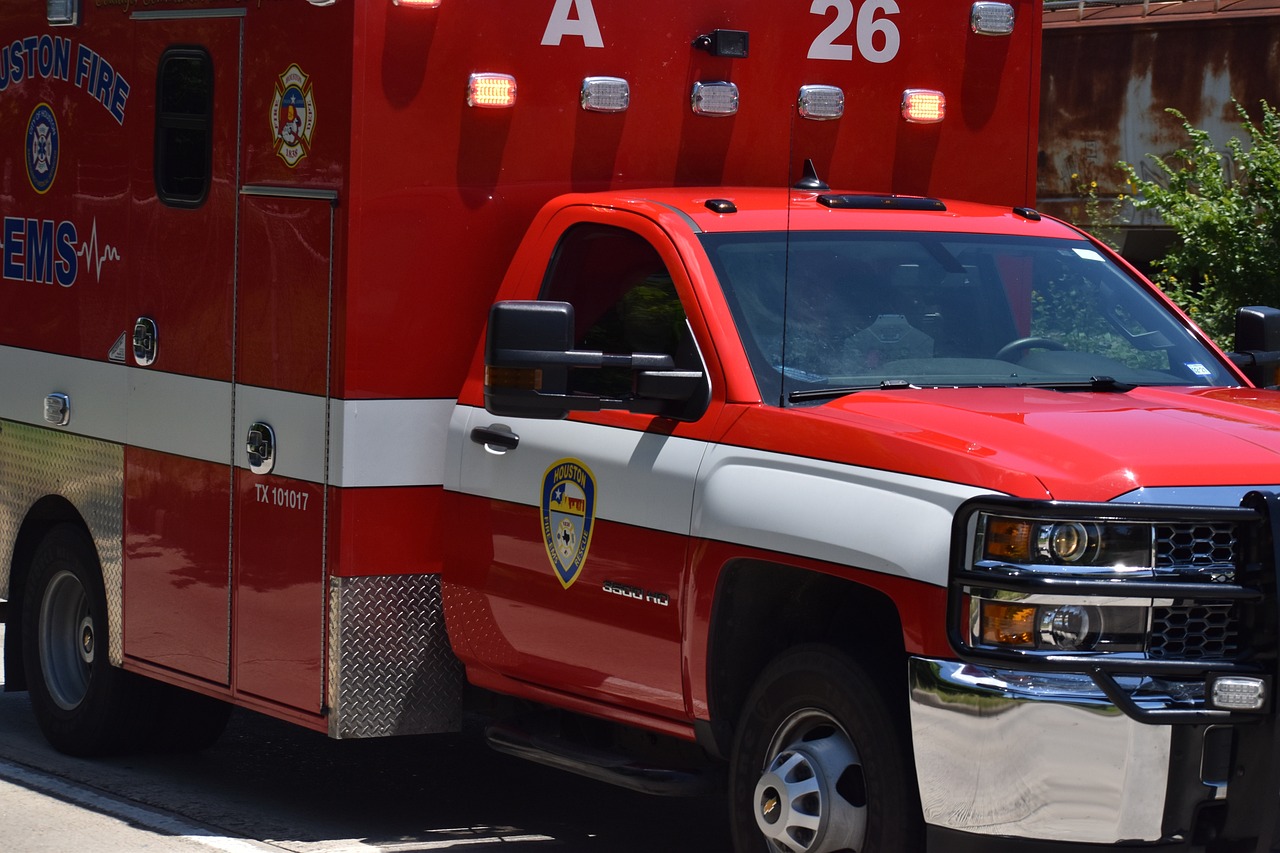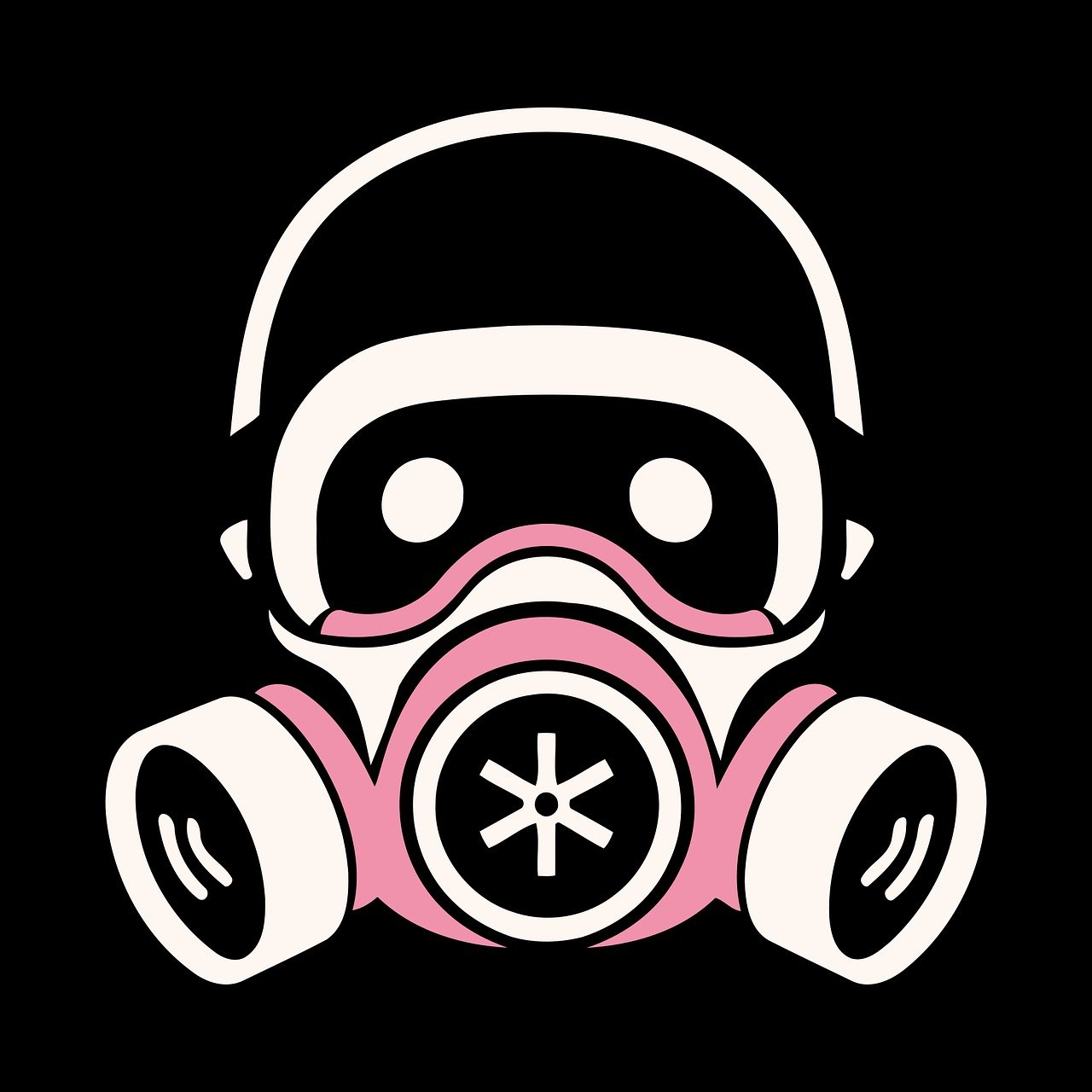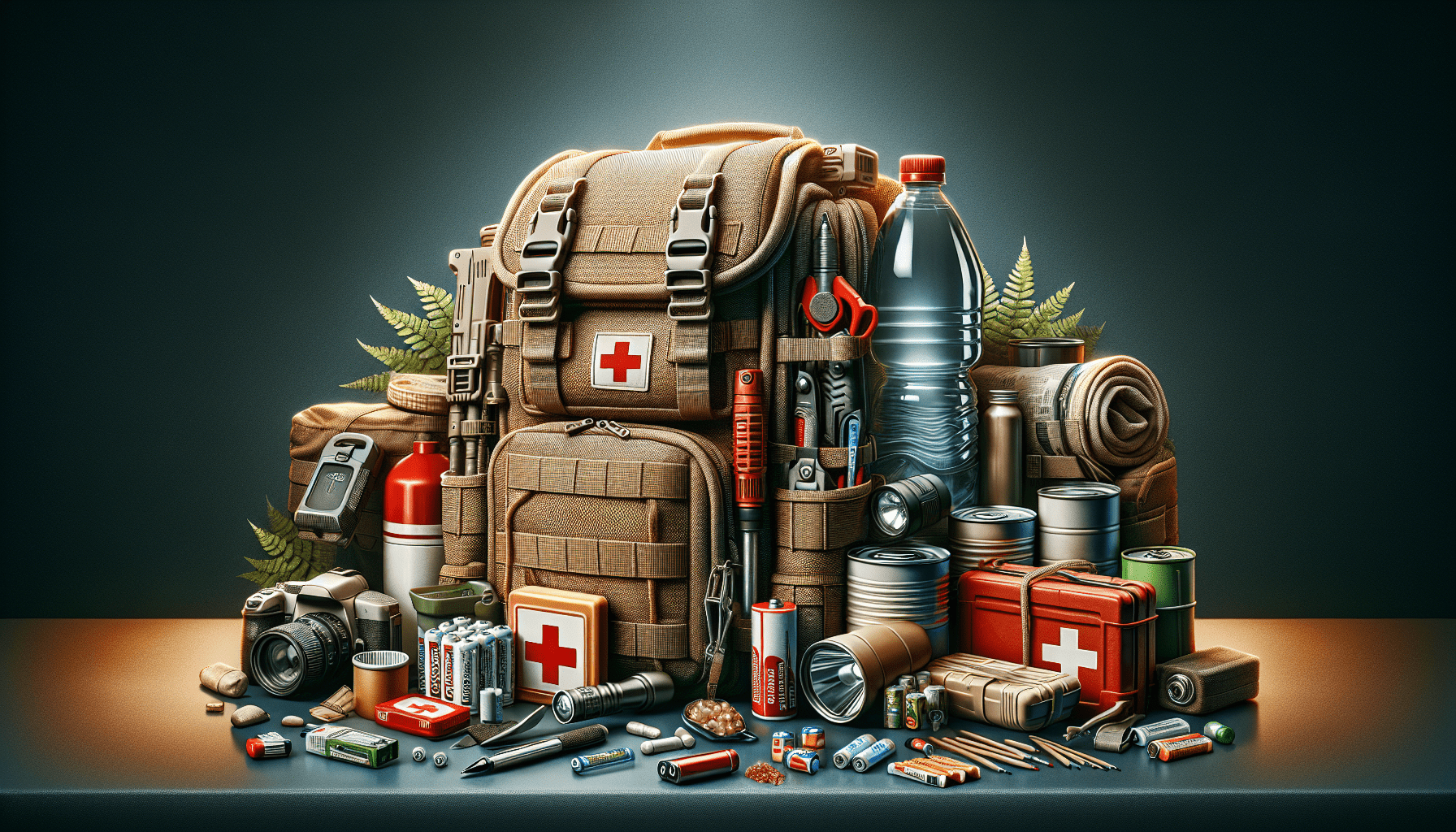Whether you have a busy lifestyle or simply procrastinated, building an emergency preparedness kit on a tight schedule can be a daunting task. However, it is essential to be prepared for unexpected emergencies. Fortunately, we have compiled the top 5 tips that will help you efficiently create your emergency kit even when time is of the essence. From prioritizing essential items to utilizing multipurpose supplies, these tips will ensure you have a well-rounded kit that is ready for any unexpected situation.

Tip 1: Prioritize Essential Supplies
Water
When building an emergency preparedness kit, it is essential to prioritize the most essential supplies. At the top of the list is water. Each person should have at least one gallon of water per day for drinking and sanitation. It is recommended to store a two-week supply of water for each family member.
Food
Next on the list of priorities is food. Choose non-perishable items that are easy to prepare and have a long shelf life. Canned goods, dry goods, and freeze-dried foods are excellent options for emergency kits. Remember to include a manual can opener and consider any special dietary needs when selecting food items.
Medication
For individuals who rely on prescription medication, it is crucial to include a supply in the emergency kit. Talk to your healthcare provider about obtaining an extra prescription specifically for emergency use. Remember to rotate and replace medication as needed to ensure that it remains effective.
First aid items
A well-stocked first aid kit is a must-have for any emergency preparedness kit. Include basic items such as bandages, antiseptic ointment, pain relievers, and any necessary prescription medications. Additionally, consider adding items like gloves, scissors, and a CPR mask for more extensive medical emergencies.
Flashlight and batteries
In the event of a power outage, a flashlight becomes an invaluable tool. Make sure to include a reliable flashlight and enough batteries to power it for an extended period. It is always a good idea to opt for LED flashlights, as they are more energy-efficient and have a longer battery life.
Emergency blanket
An emergency blanket, also known as a space blanket, is a lightweight and compact item that can provide warmth in emergency situations. These blankets are designed to retain body heat and can be a lifesaver in cold environments. Make sure to include one for each family member in your emergency preparedness kit.

Tip 2: Optimize Storage Space
Use stackable containers
Efficiently organizing and storing your emergency supplies is vital, particularly when you have limited space. Utilize stackable containers to maximize storage capacity. These containers not only help keep your supplies organized but also make it easier to access them when needed.
Utilize space-saving bags
Space-saving storage bags are an excellent option for compactly storing clothes, bedding, and other soft items in your emergency kit. These bags compress the contents by removing excess air, allowing you to fit more into limited space. Consider using vacuum-sealed bags for maximum efficiency.
Maximize vertical space
When it comes to optimizing storage space, don’t forget about utilizing vertical space. Install shelves or hanging organizers in your storage area to free up valuable floor space. This way, you can store more items without sacrificing accessibility.

Tip 3: Consider Multi-purpose Items
Duct tape
Duct tape is a versatile and indispensable item to include in your emergency preparedness kit. It can be used for various repairs, sealing openings, creating shelter, or securing items together. Make sure to pack a roll or two of sturdy duct tape in your kit.
Multi-tool
A multi-tool combines several useful tools into one compact device. It typically includes a knife, pliers, screwdrivers, and other handy features. Having a multi-tool in your emergency kit ensures that you are prepared for a wide range of situations and simplifies tasks that would otherwise require multiple tools.
Solar-powered charger
In our technologically-dependent world, having a reliable power source is crucial during emergencies. A solar-powered charger allows you to recharge your electronic devices using the sun’s energy. These portable chargers are environmentally friendly and can be a lifeline for keeping your communication devices functional.
Hand-crank radio
During emergencies, it is vital to stay informed about the situation. A hand-crank radio, also known as an emergency radio, allows you to access important news and updates even when the power is out. Look for a model that has built-in weather alerts and can also serve as a flashlight or phone charger.
Whistle
A whistle may seem like a simple item, but it can be a lifesaver in certain situations. Use a whistle to attract attention or signal your location to rescuers in case you are trapped or need assistance. Its loud, shrill sound carries further than the human voice and can make a significant difference in being found quickly.

Tip 4: Customize for Your Needs
Prescription medication
If you or any family members require prescription medication, it is essential to customize your emergency kit to include an adequate supply. Consult with your healthcare provider to ensure you have the necessary medication to last through potential emergencies. Remember to regularly check the expiration dates and replace medication as needed.
Pet supplies
Don’t forget to consider the needs of your furry companions. If you have pets, include essential supplies for them in your emergency kit. This may include food, water, medications, leashes, a pet carrier, and any necessary documents or identification.
Baby essentials
When building an emergency kit, it is crucial to consider the needs of infants and young children. Include an ample supply of diapers, wipes, formula or baby food, bottles, and any necessary medications. Additionally, pack comfort items such as blankets, pacifiers, and toys to help keep your little one calm during stressful times.
Special dietary items
If you or anyone in your family has special dietary needs, it is essential to customize your emergency kit accordingly. Consider including items that cater to specific dietary restrictions or allergies. Non-perishable, shelf-stable alternatives for special dietary items are available in many cases.
Important documents
In the event of an emergency, having essential documents readily accessible is crucial. Make copies of important documents such as identification, insurance policies, passports, medical records, and bank account information. Store them in a waterproof, portable container within your emergency kit, or consider keeping them in a secure location outside your home.

Tip 5: Stay Informed and Practice
Stay updated on emergency alerts
To stay informed about potential emergencies, make sure to sign up for local emergency alerts and notifications. These alerts can provide important information and instructions during a crisis. Stay vigilant, keep an eye on your local news, and follow any emergency instructions from authorities.
Create an emergency plan
Having an emergency plan in place can significantly increase your preparedness. Sit down with your family and discuss various scenarios, including evacuation routes, meeting points, and communication plans. Assign specific responsibilities to each family member, ensuring everyone knows their role during an emergency.
Regularly review and update your kit
Emergency preparedness is an ongoing process. Regularly review the contents of your emergency kit to ensure everything is still usable and up-to-date. Check expiration dates of food, medication, and batteries and replace them as necessary. Refresh your kit with updated contact information, clothing, and any additional items you may need.
Conduct drills and practice emergency procedures
Practice makes perfect, and the same applies to emergency situations. Conduct drills with your family to ensure everyone understands how to respond to different emergencies. For example, practice evacuating your home or performing basic first aid. Regular practice can help reduce stress and increase confidence in handling emergency situations.
By following these top five tips, you can build a comprehensive emergency preparedness kit, even on a tight schedule. Prioritizing essential supplies, optimizing storage space, considering multi-purpose items, customizing for your needs, and staying informed and prepared through practice will ensure that you and your loved ones are better equipped to face emergencies head-on. Remember, being prepared can make all the difference in navigating challenging situations safely and confidently.
